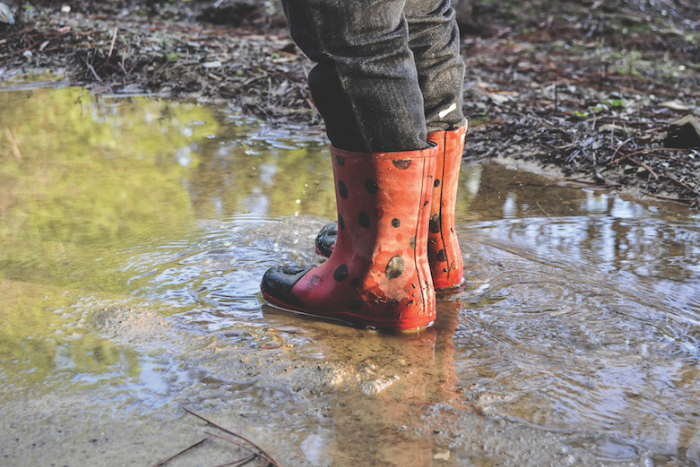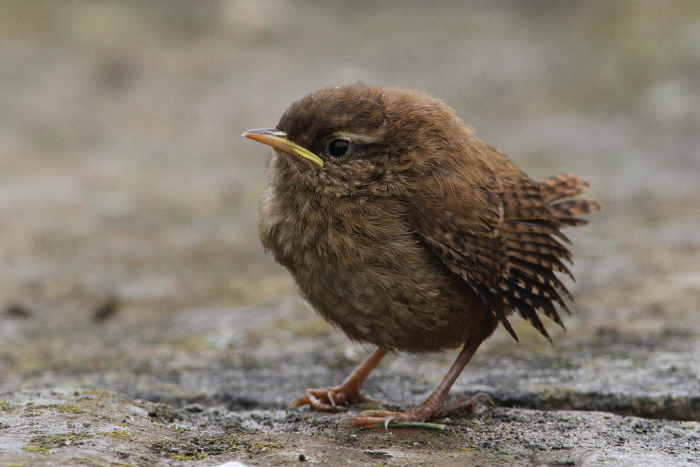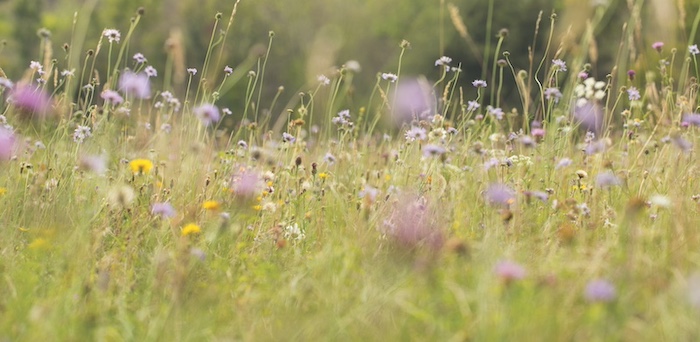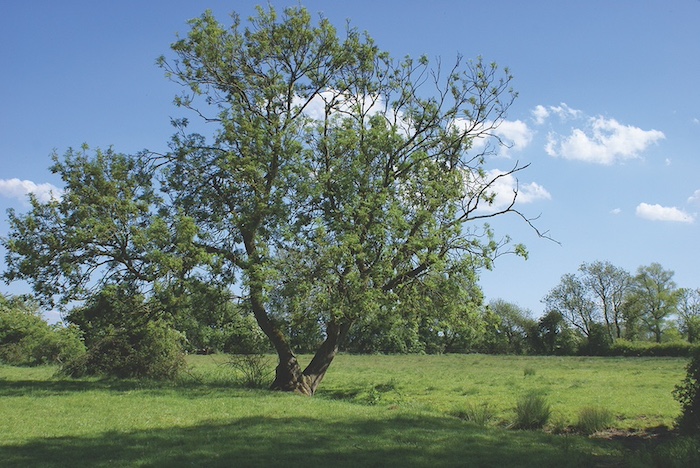
The puddle riddle
By Rachel Shaw
Lincolnshire Wildlife Trust
“Walk through the puddle.”
The words from a radio interview come back to me as I approach a wide, muddy puddle. It was someone from the National Trust speaking about the damage that can be inadvertently caused in woodlands.
Ok, I’ve got my boots on, they’re waterproof, I’ll walk through the puddle. It actually makes me smile, a tiny reminder of childhood, like kicking the autumn leaves.
Most people have walked round the puddle. Avoiding it seems the obvious thing to do but it can have longer term consequences. There’s a new path that loops round both sides the puddle. The soil is compacted, tree roots are starting to be exposed and delicate spring flowers about to emerge have been trampled. When the puddle has gone, the path will be wider.
One person avoiding a puddle has minimal impact - it’s the sheer number to footsteps that can cause problems.
So many of us have find solace and joy in the natural world and that has become more apparent since the pandemic.
At Whisby Nature Park, the Lincolnshire Wildlife Trust monitor the number of visitors. Our previous annual record was 170,000 visitors. In 2020, that record was smashed. Even though the Nature Park was very quiet during the first lockdown, there were 208,000 visitors.
The same thing happened elsewhere, with other Lincolnshire Wildlife Trust nature reserves experiencing increases in visitor numbers.
This was wonderful, we wanted people to visit reserves, experience nature and want to protect it. But there is a problem. The nature reserves only cover 1% of the land area of the county. What’s more, it’s the most sensitive 1% for wildlife and most vulnerable to disturbance. Some of the wildlife living in nature reserves is under threat and has nowhere else where it can survive.
Meadow nature reserves with their tall grasses and flowers are one example. These meadows were once commonplace in our landscape but a staggering 97% of wildflower meadows have been lost in the UK since the 1930s.
Today, they are rare and special places still with a huge variety of plant species including wild orchids. There’s something idyllic and romantic about a meadow on a late spring day, maybe throwing down a picnic blanket and watching the sunset. But beneath the blanket the flowers are crushed and their stems broken. It may seem inconsequential but if lots of people do the same, the flowers could be lost.
It’s not just our actions as individuals but the cumulative impacts of lots of individuals that can be devastating. Take birds nesting this spring. Not all birds nest high in trees, many nest on or low to the ground in bushes and hedgerows at about the height of a Labrador’s nose.
To us, dogs are part of the family, but to birds and other animals, dogs are fearsome predators with sharp, deadly teeth.
A dog inquisitively sniffing at the nest will terrify a bird and may make it take flight. If this happens once, it probably won’t have much impact. But with lots of visitors and lots of dogs, this could happen multiple times in a day and young birds are quick to perish if left alone for too long.
The countryside and nature reserves have given us so much over the past year but we also need to respect and protect these places. The more responsible we are, the more wildlife there will be for us to enjoy.
Top photo - Walking through puddles could prevent spring flowers from being trampled on.

Young birds like this juvenile wren are vulnerable to disturbance. Picture: Margaret Holland.

Wildflower meadows are home to rare species of plant that also need protecting. Picture: James Adler.

Old ash tree on a meadow nature reserve. Picture: Barrie Wilkinson.
